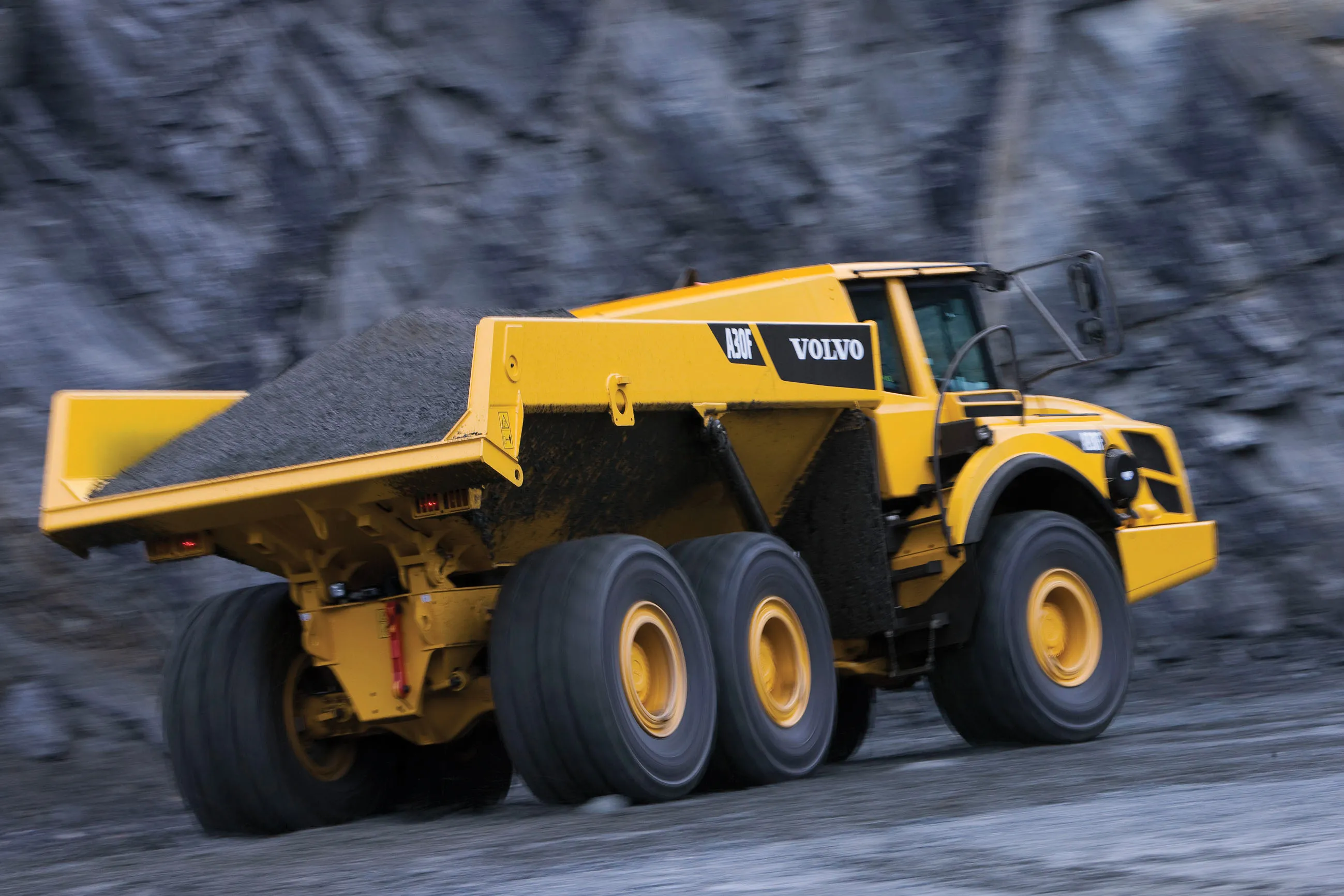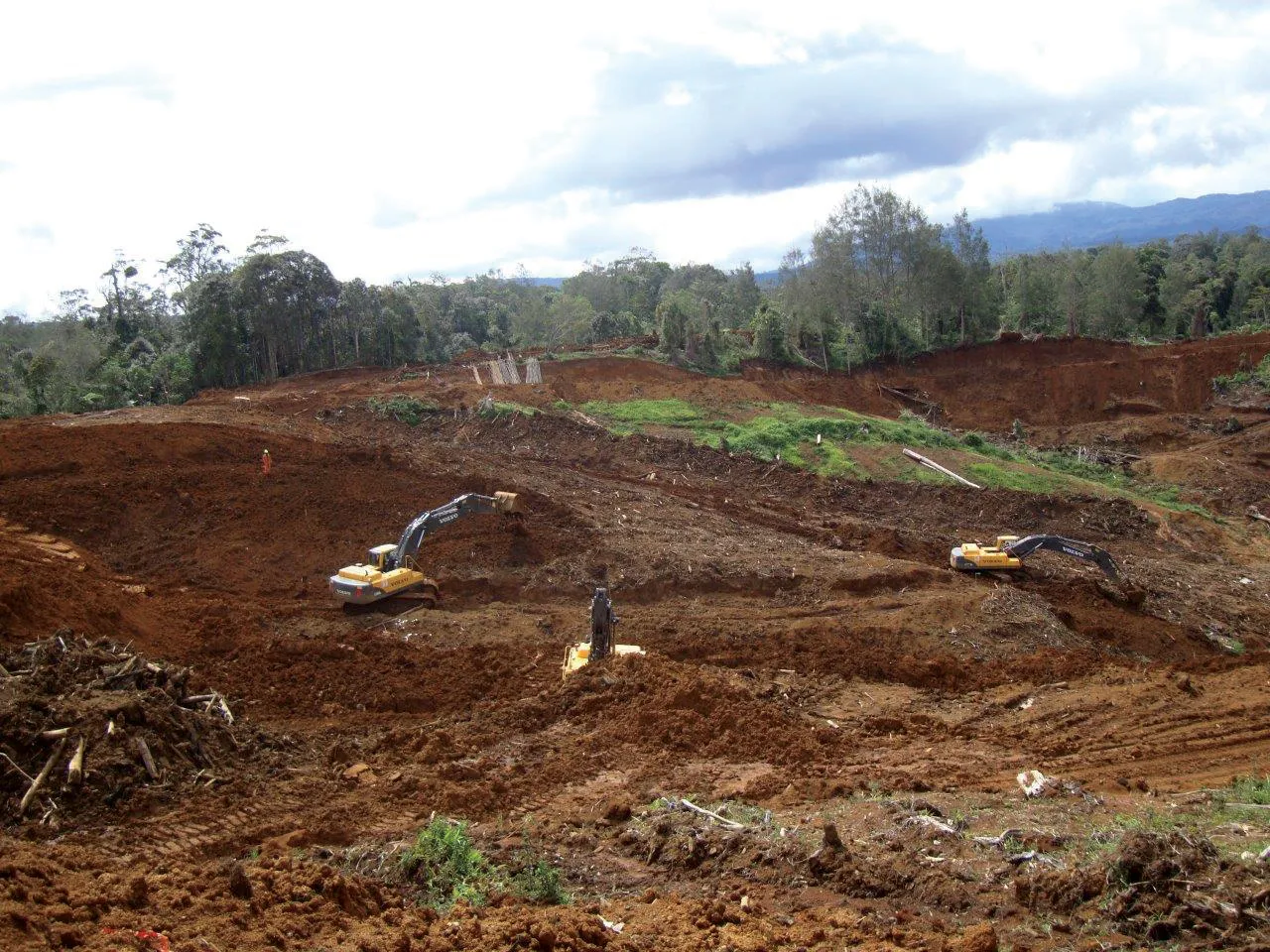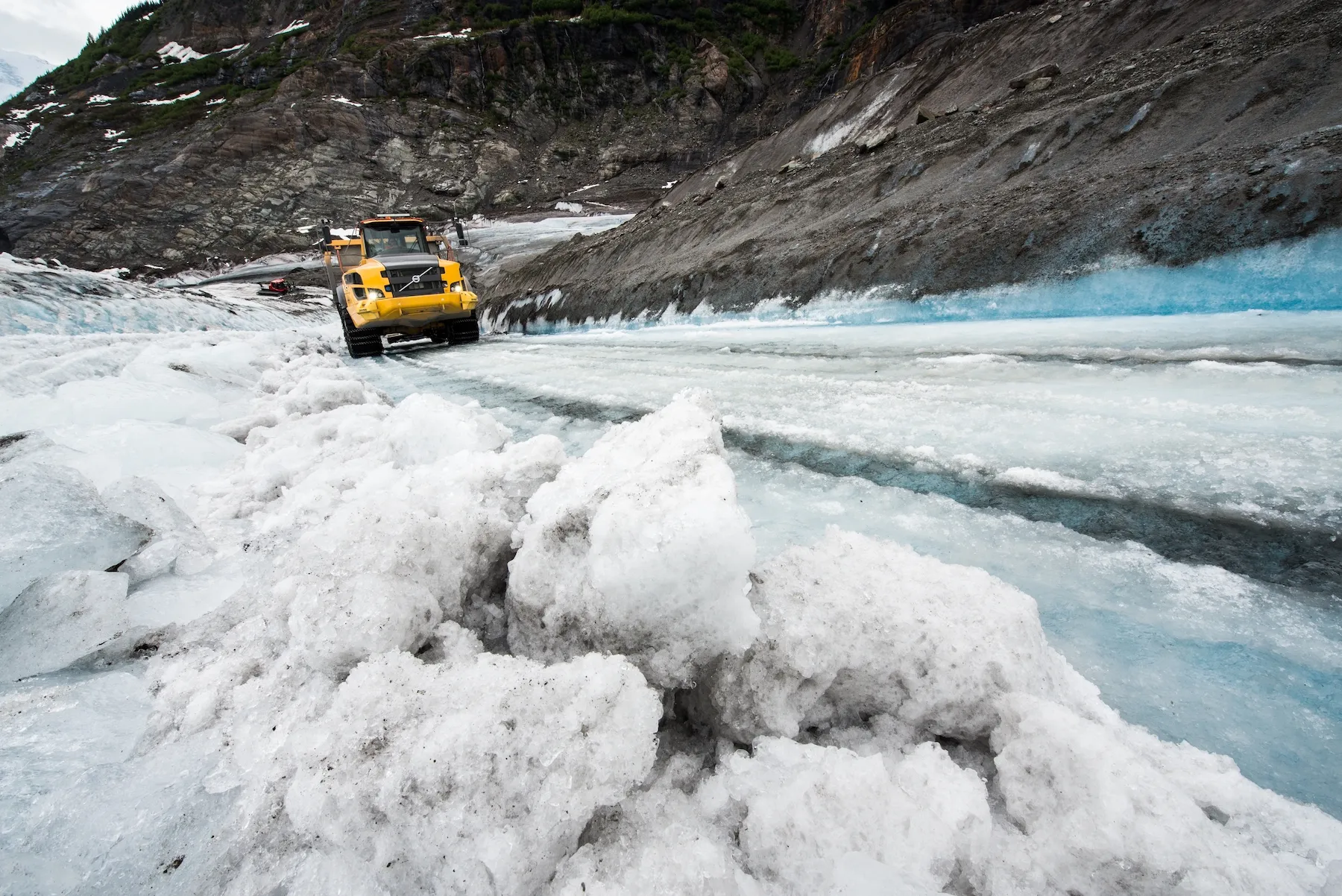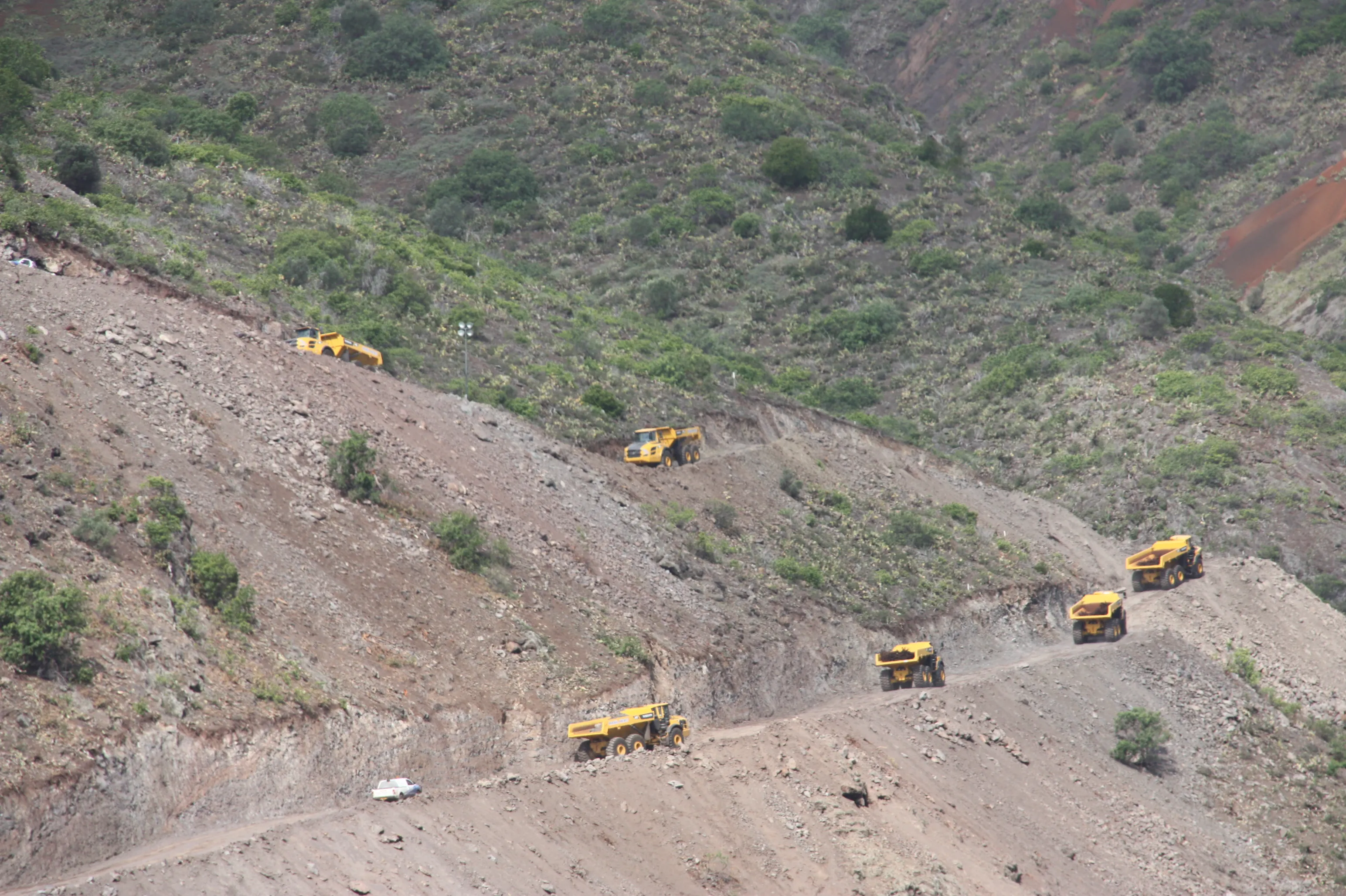
An eight year project to construct the highest road in the UAE is now complete, with key help having been provided by a fleet of Volvo CE machines
The work was carried out by local contractor General Mechanic Company (GMC), with assistance from
The 36km road climbs 1,910m to its highest point in a mountain range and required the transportation of 5.5 million m3 of materials during its construction. The route runs from the city of Ras Al-Khaimah to UAE’s highest peak, Jabal Jais, on the border with Oman. The new road is providing access to a planned sports facility intended to boost tourism, with a ski slope and paragliding launch ramp as well as a hotel and cable car all due to be built as part of the project.
The work was carried out in spite of the challenges posed by the rugged terrain, steep slopes, loose rocks and tough weather conditions, with temperatures as low as -3°C. The machines carried on working without any major breakdowns or incidents.
The project made use of an extensive fleet of 50 Volvo CE machines, including A35F articulated haulers, EC380D crawler excavators, wheeled excavators, L180G wheeled loaders and hydraulic breakers. Also playing an important role in the project was a fleet of 33 Volvo FMX 6X4 on/off road trucks.
The contractor, GMC, selected the Volvo CE and Volvo Trucks equipment because it was keen to utilise heavy duty machines able to cope with the tough conditions. Aftermarket support was provided by FAMCO to ensure maximum uptime.









